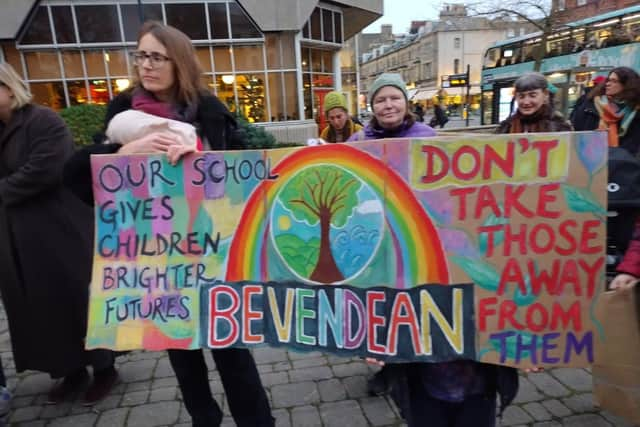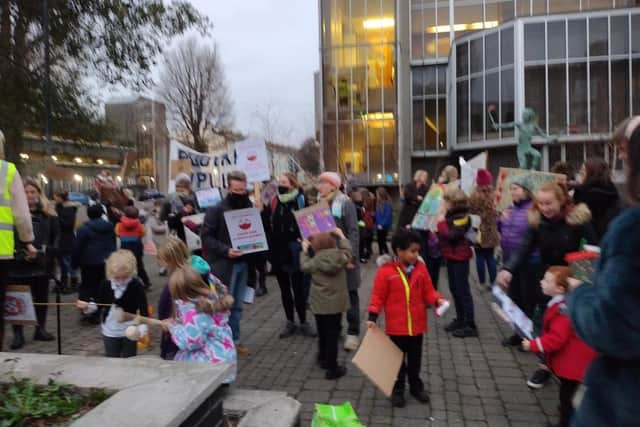Brighton and Hove City Council recommends NO reduction in admission places at seven primary schools following consultation
and live on Freeview channel 276
Brighton and Hove City Council has today (Wednesday, January 26) confirmed that it has revised its primary school pupil number proposals and recommends there are no reductions in admission places at seven primary schools next September.
The council said the revised proposal comes after extensive public consultation during November and December and detailed discussions between the council and the schools involved. Councillors meeting on Monday will now be recommended to agree the new proposals of making no cuts to school places.
Advertisement
Hide AdAdvertisement
Hide AdThe public consultation, launched on November 15, 2021, looked at proposals to reduce the number of reception places – known as the published admission number (PAN) – as the council predicted a fall in numbers of children set to start school would led to surplus places and possible financial difficulties.


The council had suggested the following reduction in Reception class places:
• Bevendean Primary School from 60 to 45 pupils
• Carden Primary School from 60 to 30 pupils
• Coldean Primary School from 60 to 45 pupils


• Queens Park Primary School from 60 to 30 pupils
• Rudyard Kipling Primary School from 60 to 45 pupils
• Saltdean Primary School from 90 to 60 pupils
• Woodingdean Primary School from 60 to 45 pupils.
Parents and teachers from the schools have been fighting against the proposals, holding protests and presenting petitions to the council. See more: Brighton parents and teachers continue to protest school admission cutsCouncillors on the council’s Children, Young People and Skills committee will now consider the revised recommendations from the council's cross-party School Organisation Working Group on Monday (January 31).
A report from the working group recommends 'that Committee agree to make no change to the Published Admission Number (PAN) for...' and then lists all seven schools.
Advertisement
Hide AdAdvertisement
Hide AdThe chair of the working group, Councillor Sarah Nield, said: “We’re grateful to all the governors, headteachers, families and residents who engaged with our consultation and gave us their views. We have amended our proposals in response to these.
“Locally and nationally we are facing a very serious problem with falling numbers of children set to start school in the next few years. We are committed to keeping all our schools open if we possibly can.
“But the council has no budget for keeping schools open where pupil number forecasts suggest schools may encounter serious financial difficulties.
“We’ve been working hard in collaboration with the schools affected by our proposals to understand what falling pupil numbers mean for them, and to look to find solutions wherever possible. A key concern is that changes at this point would have a disproportionate impact on schools that serve some of the city’s most disadvantaged pupils.
Advertisement
Hide AdAdvertisement
Hide Ad“Many respondents said they wanted all schools in the city to play their part in reducing the overall number of surplus places – particularly larger schools and schools situated in areas where there are accessible alternative schools.
“We agree – and in recent years we have tried to make this happen, precisely because bigger schools are proportionally less affected by a reduction in numbers than smaller schools.
“But we have been stopped from doing this by the national Schools Adjudicator, who is appointed by the government. The Adjudicator’s view is that schools that have high numbers of parental preferences should be allowed to remain the same size.
“We acknowledge that nearly all of our schools are currently managing within existing budgets or have clear recovery plans in place. With this in mind we think it is reasonable to see how parental preferences for this September’s intake affect things.
Advertisement
Hide AdAdvertisement
Hide Ad“But with falling pupil numbers continuing to be a serious issue, we will continue to engage with our family of schools about any concerns they have.”